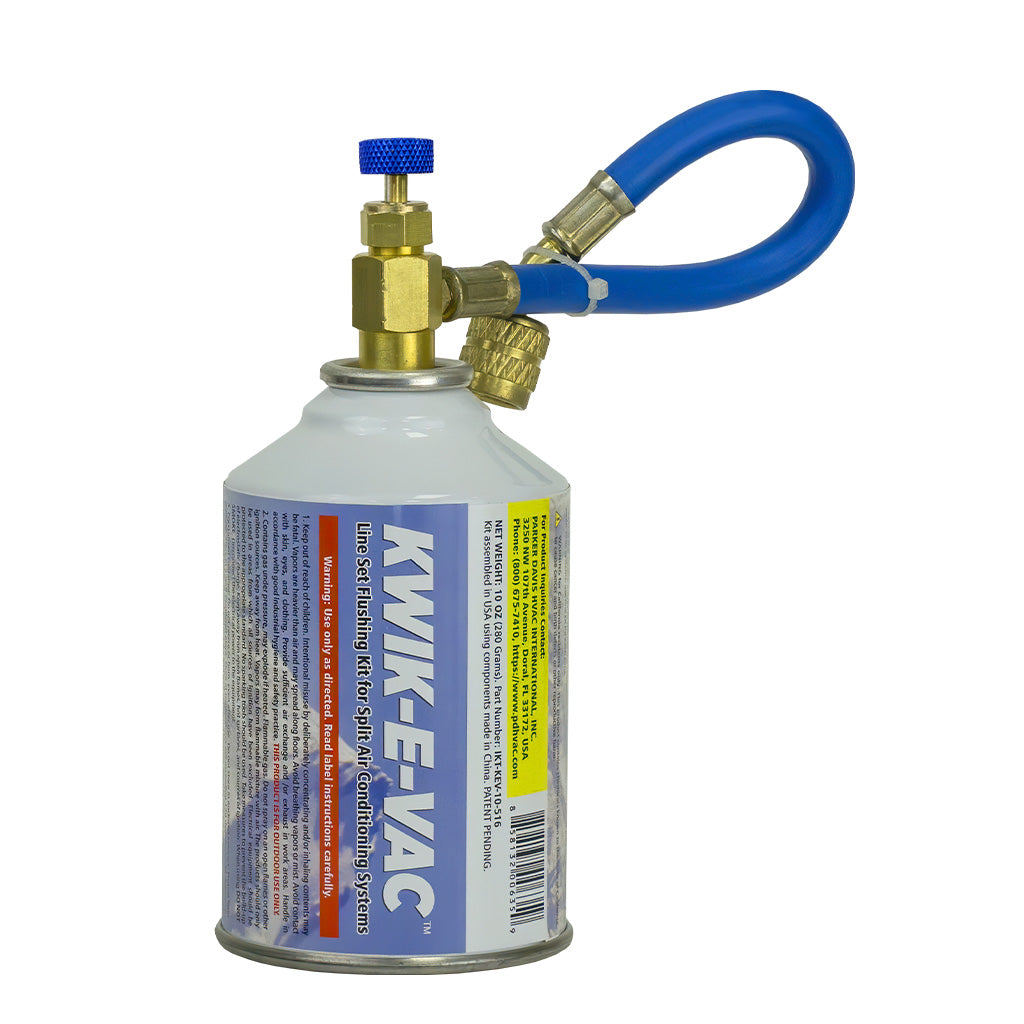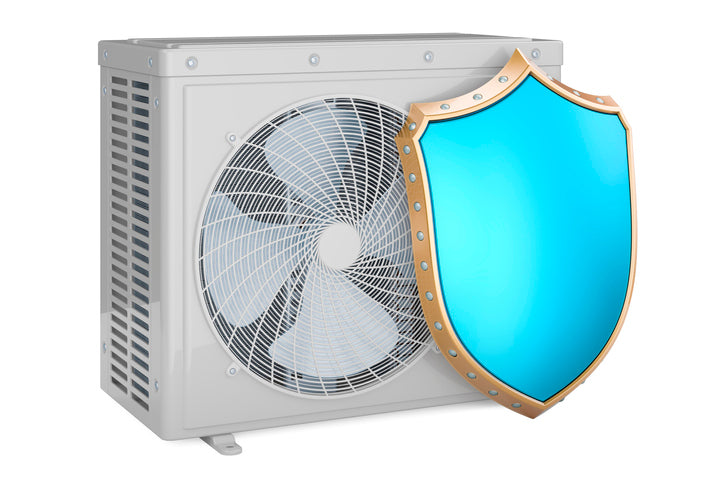Advancements in Whole-House Ventilation Systems

Property construction has come a long way over the years, blending innovative aesthetic and functional designs with advanced building techniques. Construction professionals can create homes that are durable and efficient, accommodating modern living standards. Along with this evolution of construction came advancements in whole-house ventilation systems.
Whole-house ventilation systems are substantial contributors to homes’ comfort levels. Their importance continues increasing as indoor air quality and energy efficiency remain a priority for homeowners and energy-conscious individuals. Modern technology offers groundbreaking modifications in heating, ventilation, and air conditioning (HVAC) systems, addressing health concerns and environmental priorities. These systems now include solutions that improve air quality, decrease energy costs, and support eco-friendly living.
Explore how advancements in ventilation technology can transform a house into a comfortable home. Plus, learn the type of HVAC system that’s the best choice for reliable heating and cooling for homeowners.
Improved Indoor Air Quality
The quality of the air you breathe in your home can greatly impact your well-being. Pollutants like pollen, dust, and volatile organic compounds (VOCs) can accumulate indoors, stemming from everyday sources such as cleaning products, pieces of furniture, and cooking.
Cleaning Products
Though designed to keep your home tidy and fresh, indoor air pollution can come from products such as:
- air fresheners,
- antibacterial sprays,
- oven cleaners,
- glass cleaners,
- disinfectants,
- and all-purpose sprays.
Cleaning products may contain VOCs like formaldehyde, benzene, or toluene. The chemicals can evaporate into the air during and after use; they’ll linger long after you’ve finished cleaning. Other harmful additives include bleach and ammonia, which can react with each other or other chemicals to produce hazardous fumes.
With proper ventilation, you can reduce exposure to pollutants. This creates a healthier indoor environment by protecting your respiratory and immune systems.
Furniture
Upholstery, particleboard, adhesives, coatings, and finishes used in furniture can contain VOCs. Over time, these substances can emit pollutants from the surface and into the air you breathe. Advanced ventilation systems help filter out harmful particles, creating a healthier environment.
Cooking
Cooking is an essential part of daily life that can release more into the air than just mouth-watering aromas. Particulate matter and nitrogen oxide emissions are byproducts of all cooking types, but some meal preparation methods release more particles than others. Consider the following:
- Cooking with gas ovens, particularly aging ones, releases carbon monoxide in the air.
- Grilling, frying, or deep-frying foods produce considerable amounts of particulate matter.
- Meat dishes and fatty foods emit more pollutants than vegetables or leaner foods.
- Some spices and oils can release byproducts that impair air quality.
Without proper ventilation in the home, these particles can move from the cooking area and spread to other rooms. When they linger, they can cause respiratory issues, irritation, weakness, upset stomach, and discomfort.
Advanced whole-house ventilation systems play a pivotal role in mitigating these issues. These systems dilute indoor pollutants and regulate moisture levels by continuously circulating and replacing stale air. This process creates a healthier indoor environment and helps prevent problems like mold growth that can stem from excessive humidity.
Pro Tip
Acquiring a ducted split system HVAC can be an effective solution for improving the air in your home. These systems offer an integrated approach to ventilation and air quality control, seamlessly delivering fresh air while filtering out contaminants.
Energy Efficiency
Boosting your home’s energy efficiency is another compelling reason to upgrade your ventilation system. Traditional ventilation methods, like manually opening windows, can compromise the home’s temperature regulation. As a result, this leads to increased energy usage because the HVAC system has to work harder to maintain desired indoor temperatures.
Modern ventilation systems address this inefficiency with advanced features such as heat recovery ventilators (HRVs) and energy recovery ventilators (ERVs). These technologies capture and reuse heat from outgoing air, a process that minimizes energy waste. You can achieve consistent temperature control without excessive energy costs when you power your home’s ventilation with energy-efficient HVAC solutions.
Implement Innovative HVAC Systems in Your Home
When you want to leverage the advantages of upgraded ventilation technology, be sure to get a robust new system from a reliable provider. Pioneer Mini Split offers high-quality ducted split system HVAC solutions. We design and manufacture our systems with durable materials, Then, we expertly install them with immense attention to detail, so they’ll function for years, run efficiently, and keep your home’s temperature stable throughout the changing seasons.
Eco-Friendly Innovations
Advanced whole-house ventilation systems utilize sustainable materials and adopt energy-efficient designs that allow them to integrate seamlessly into modern homes. They offer improved functionality and a reduced carbon footprint.
Products To Pair With a Ventilation System
In addition to energy-efficient ductwork, ventilation innovations such as solar-powered fans and reusable air filters can establish sustainable homes. These advancements strike a balance between comfort and your commitment to protecting the environment.
If you want to combine environmental responsibility with top-tier performance, have expertly designed ducted split system HVAC solutions installed in your home. They will reduce energy consumption while maintaining superior air quality.
Smart and Adaptable Ventilation Systems
Cutting-edge technology continues to transform how homes operate, and ventilation systems are no exception. Today’s systems are more adaptable and intelligent than ever before, offering innovative features like sensor-driven operations and remote controls. Additional benefits of these solutions include:
- the ability to adjust airflow based on occupancy or air quality levels,
- compatibility with home automation systems,
- and reduction of unnecessary activity in unoccupied rooms.
These advantages give homes the proper amount of ventilation as needed. Homeowners can make adjustments through smartphones or voice assistants.
As a tech-savvy homeowner seeking to incorporate smart solutions into your home, consider choosing a ducted split system. This robust system, engineered to deliver high performance, will prove to be an invaluable asset to your household.
AI and IoT Integration
Similar to the integration of home automation solutions, some advanced HVAC systems have the capacity to support the integration of artificial intelligence (AI) and the Internet of Things (IoT).
IoT connectivity enables HVAC systems to work harmoniously with other smart appliances. This creates a cohesive, efficient home.
AI-driven systems offer:
- indoor air quality analysis,
- real-time adjustment of settings,
- and predictive maintenance.
These benefits optimize the HVAC system’s performance, reduce energy use, and identify issues before they worsen. This feature improves the system’s lifespan and prevents costly breakdowns.
When choosing an HVAC solution, opting for an AI-enhanced or AI-compatible model guarantees you take full advantage of what technology has to offer. Your home and its residents will benefit from technology’s incredible convenience, reliability, and performance.
Transform Your Home With Ducted Mini Split Systems
Ventilation is more than just a basic home feature. With advancements in whole-house ventilation systems, you’ll establish a healthier, more energy-efficient, and sustainable lifestyle.
Are you ready to make your home more comfortable, efficient, and technologically advanced? Reap the benefits of advanced ventilation technology with an upgrade to a ducted split system HVAC solution from Pioneer Mini Split.








